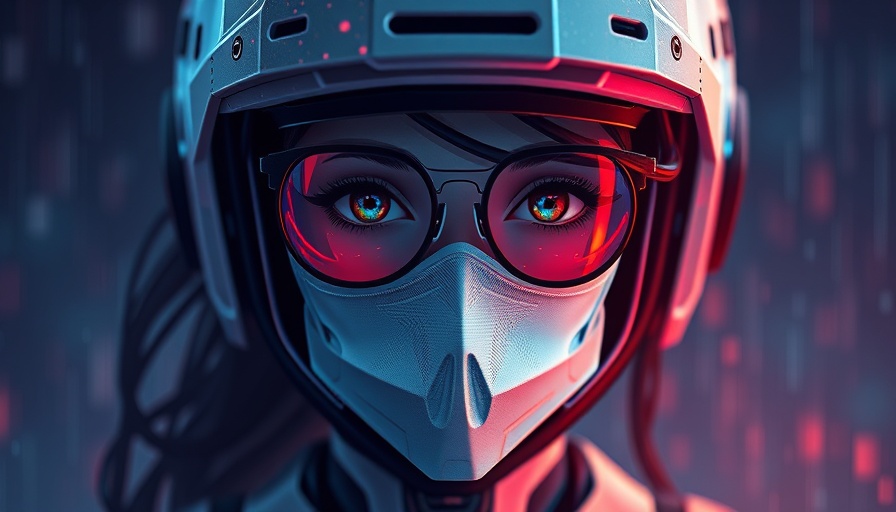
The Growing Challenge of AI-Generated Content
As artificial intelligence becomes increasingly ubiquitous, tools like ChatGPT and Gemini flood platforms with text that often resembles human writing. This rapid emergence has resulted in a pressing need for various stakeholders, including educators and publishers, to effectively discern between authentic human content and generated material. In 2025, the landscape of misinformation and authenticity continues to evolve, posing significant concerns for the integrity of information sharing across digital platforms.
Understanding How AI-Generated Content Differs
AI-generated writing is characterized by certain predictable patterns that can provide clues for detection. For instance, a key factor is the lack of human-like variations in writing style. You may notice an overly formal tone and the overuse of certain transitional phrases, revealing a mechanical rhythm in the text. A valuable method is to assess the perplexity and burstiness of the writing—two metrics that help to gauge the predictability and variation within the content. While AI content is often coherent, it tends to lack the expressive flair and unpredictability that human writing possesses.
Utilizing Detection Tools for Better Accuracy
To meet the rising demand for reliable detection, a number of innovative tools have entered the market. Platforms like Copyleaks stand out for their impressive accuracy, effectively spotting content from advanced models such as ChatGPT. Similarly, tools like Grammarly’s free AI detector, although basic, still provide a quick solution for identifying AI-generated text without demanding user commitment. Testing conducted in 2025 highlighted the reliability of tools like Originality.ai and GPTZero, although they sometimes misidentify complex human writing as AI-generated.
Why Human Intuition Still Matters
Despite these technological advancements, the human element remains crucial for accurate detection. The subtleties that give writing its personality can sometimes elude even the most sophisticated algorithms. For instance, genuine human involvement in reviewing content—identifying context, intent, and emotional resonance—can lead to more trustworthy interpretations. Thus, a hybrid approach combining technology and human analysis becomes vital to maintaining the integrity of digital communication.
The Future of AI Detection: Staying Ahead of the Curve
As the capabilities of AI evolve, so too must our approaches to detecting its outputs. The future will likely see even more refined tools that account for the nuances of human expression and creativity. As students and content creators, it’s essential to adapt to these changes and ensure that we are using the resources available to understand how to navigate an increasingly crowded information landscape.
Confronting AI Detection Fears
Many students worry about the implications of AI detectors in their academic work. Understanding that these tools are not infallible can help ease these concerns. Utilizing effective strategies, such as honing your unique voice in writing and practicing thorough editing from a human perspective, can enhance your work’s authenticity. This approach not only improves writing skills but also builds confidence in your own abilities.
But don't let the fear of detection limit your writing potential! You can bypass any AI detector with ease by visiting Prompt2Human. Embrace the tools available to safeguard against the challenges of AI-generated content.
 Add Row
Add Row  Add
Add 




Write A Comment